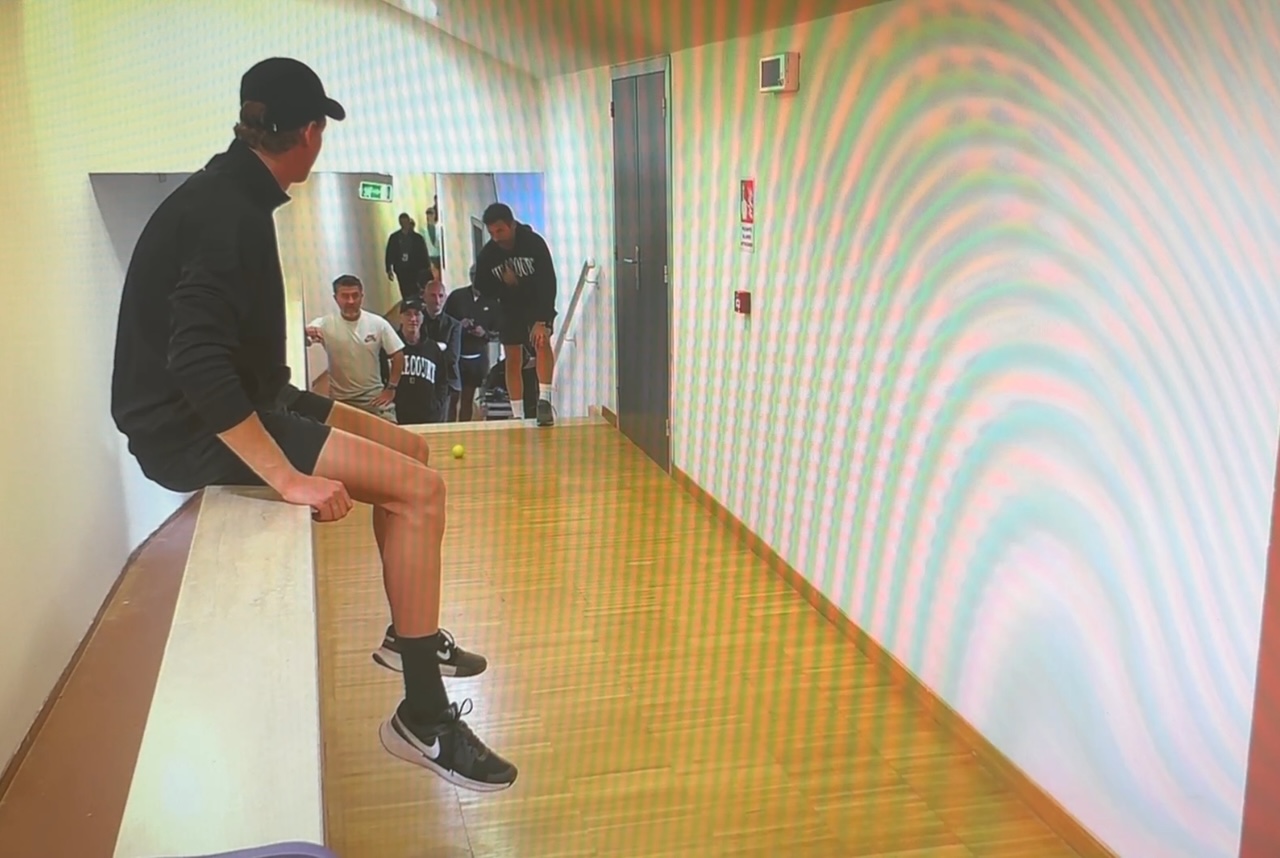I’ve played a lot of tennis throughout my life. Consequently, I know with absolute certainty that I’ve made a few bad line calls. It would be wildly implausible to believe otherwise. That’s not an admission of guilt, but rather an acknowledgement of reality. Sometimes, players make line calls with their hearts rather than unbiased eyes. In the heat of competition, emotions and physical duress can blur perception enough to convince even the most well-meaning player that a ball was out that actually wasn’t.
I have a strong personal motivation that drives me to acknowledge that my line calls are probably not perfect. The reason is this: Whenever a player regales me with tales of how fair their line calls are, the opposite is inevitably true. It’s a genuine paradox of tennis. The more confident a person is in the absolute accuracy and fairness of their calls, the worse those calls tend to be. On the flip side, the players who quietly second-guess themselves or acknowledge that they might sometimes get it wrong typically play more than their fair share of out balls.
This weekend, I’m finally dipping my toes into the murky waters of bad line calls with a few quick-hit hot takes on the topic. It’s a subject that has quietly simmered on my future post list for quite some time. Generally when I think I am ready to write about it, some on court event occurs that forces me to push it out again, lest anyone think I am writing about them. However, due to a confluence of personal factors that will sideline me from competitive tennis for a while, there is probably no better time than the present.
Bad line calls are a difficult but important factor of recreational tennis. It’s uncomfortable to talk about because it touches the core of how we see ourselves as competitors and how we want others to see us. However, the code of silence doesn’t make the issue go away. Human imperfection is baked into the game. It’s best to acknowledge and accept that.




Even Hawk-Eye is not infallible!